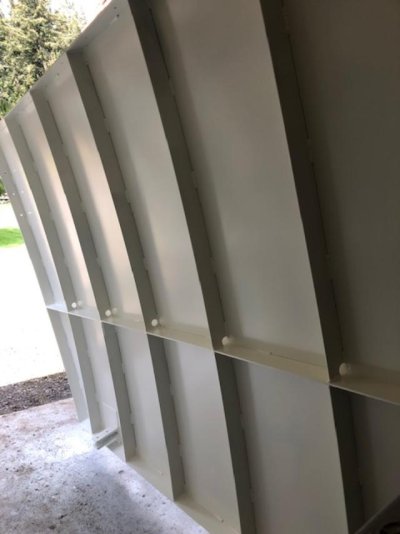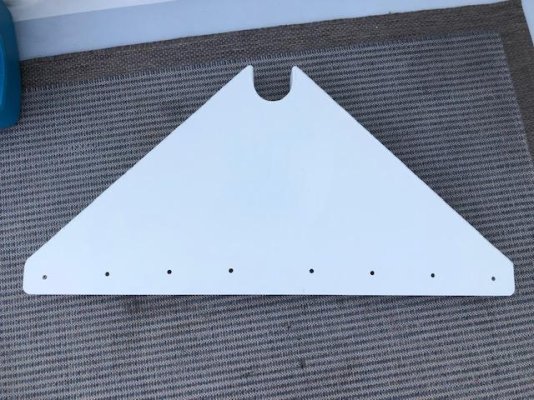- Joined
- May 11, 2019
- Messages
- 3,438
- Location
- United States
- Vessel Name
- Muirgen
- Vessel Make
- 50' Beebe Passagemaker
We are moving ahead on our solar upgrade, and were wondering if anyone has a PERSONAL recommendation on a source for solar panels they can recommend from RECENT experience.
I can google as well as anyone else, but a personal recommendation goes a long way!
What we are looking for:
mono crystalline
6 panels total
330 watt to 450 watts each
rigid panels
size 40" ish, to 70" ish.
Prefer bare aluminum frames
I am leaning toward using Victron MPPT controllers and MC4 connectors.
We are located in Port Orchard, WA, but we will probably order on-line.
Thanks in advance!
I can google as well as anyone else, but a personal recommendation goes a long way!
What we are looking for:
mono crystalline
6 panels total
330 watt to 450 watts each
rigid panels
size 40" ish, to 70" ish.
Prefer bare aluminum frames
I am leaning toward using Victron MPPT controllers and MC4 connectors.
We are located in Port Orchard, WA, but we will probably order on-line.
Thanks in advance!










